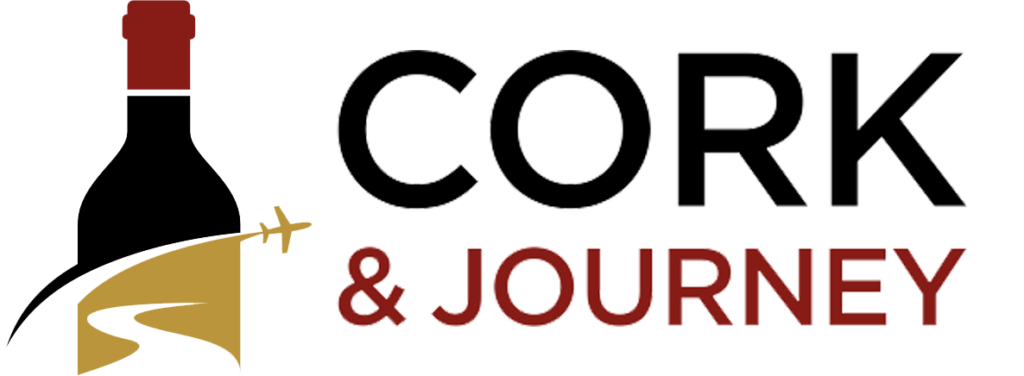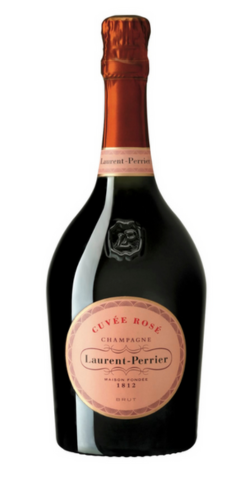
Our Rating

Montagne de Reims
Champagne
As is fitting for a brand like Laurent-Perrier, this prestigious Champagne house has a long, storied history.
The brand we know today as Laurent-Perrier was created in 1812 by a humble cask maker, André Michel Pierlot. Upon his death, André left the family business to his son Pierlot, but here’s where things get interesting. When Pierlot died, he did so without an heir, leaving the future of the growing Champagne house a little murky.
Ultimately, it was decided that the longstanding cellar master, Eugène Laurent, would take ownership, and it was Laurent who, you guessed it, rebranded the company with his own last name. If you’re wondering where the Perrier in Laurent-Perrier comes from, well, that’s thanks to Eugène’s wife, Mathilde Emilie Perrier, who, following Eugène’s death in a cellar accident, became the brand’s new owner.
The Laurent-Perrier family maintained ownership of the brand for one more generation when Eugène and Mathilde’s daughter, Eugénie, took the reins. By this time, the business had grown beyond Eugénie’s ability to manage it, and, in 1939, she cashed out her chips and sold the Laurent-Perrier brand to Louis-Marie de Nonancourt, whose family turned it into one of the world’s most famous Champagnes.
Today, Louis-Marie’s granddaughters, Stéphanie Meneux de Nonancourt and Alexandra Pereyre de Nonancourt, run the family business, which makes Laurent-Perrier not just the largest family-owned Champagne house but the biggest female-owned Champagne House.
Laurent-Perrier is unique among luxury Champagnes for its use of the Rosé de Saignée method. In fact, it’s the only major house to use this method for making Champagne.
So, what exactly is Rosé de Saignée, and how does it affect the taste and style of sparkling wine?
Well, according to this article about Rosé de Saignée in Eater, by making Champagne with this method, “…you’re making a red wine first and foremost and then fermenting it, and this involves “bleeding” off rich red wine juice at the start of the winemaking process, which is where saignée gets its name. In contrast, the more common rosé Champagne style is made by adding still red wine to regular white Champagne to produce something light and pink.”
Because the Cuvée Rosé is made exclusively from red grapes and because it spends so much time on the skins, the resulting juice is bolder than those made in the traditional method, and it has a more pronounced body. Producing rosé champagnes using this method also results in a sparkling wine that is a deeper pink color than would otherwise be produced using the traditional champagne method. You will often hear the Laurent-Perrier Cuvée Rosé described as having a deep salmon color, or light amber, rather than the pale pink that some of their counterparts have.
It’s not just the Rosé de Saignée method that sets Laurent-Perrier Champagne apart from its peers. The brand also “invented” the non-dosage style of the world’s favorite bubbly beverage. So, if you’re a fan of dry Champagnes, particularly the non-dosage style, you can thank Mathilde Perrier for popularizing those sparklers.
While dry Champagnes are incredibly popular among wine lovers today, in the late 19th Century, when Mathilde Perrier owned LP, most of the French market preferred sweeter, demi-sec style Champagnes. Mathilde, on the other hand, loved a bone-dry glass of bubbles. Luckily, there was another popular market that agreed with her: the British, who made up an enormous market share of French sparkling wine buyers.
To please her own palate, as well as that of the Brits, Mathilde developed a “Grand Vin sans Sucre or sugar-free Champagne in 1889. This style led the way to a panoply of low-dosage sparklers that continue to gain popularity.
The Laurent Perrier Champagne Cuvée Rosé is produced using 100% Pinot Noir grapes from the company’s very own vineyards. When it comes to their flagship rosé Champagne, Laurent-Perrier manages everything “in-house.”
First produced in 1968, today, the grapes used in this wine are sourced from ten distinct Crus throughout Montagne de Reims, the creme de la creme of France’s Champagne region.
The Cuvée Rosé is a bright, clear Champagne with a pale amber color. Streaks of red fruit notes dominate the nose and the palate. There’s no mistaking the raspberry and strawberry here, and there’s a distinct minerality that comes through as wet gravel. Champagne wouldn’t be Champagne without a light brioche softening palate.
This is an excellent Champagne, and we’re not surprised that it’s one of the most loved sparkling wines in a very crowded field.
France
Montagne de Reims
Champagne
12
Michel Fauconnet
N/A
Now to 2030
Laurent Perrier


All things wine, and food you could ever need or want — straight to your email!